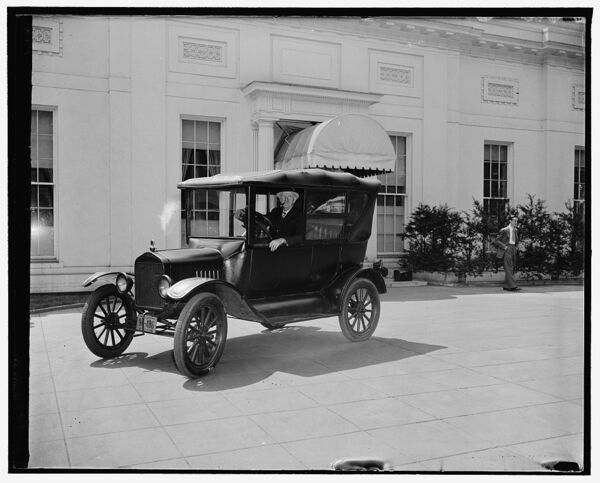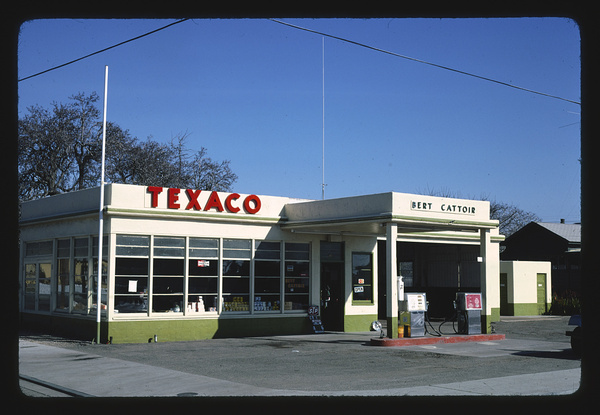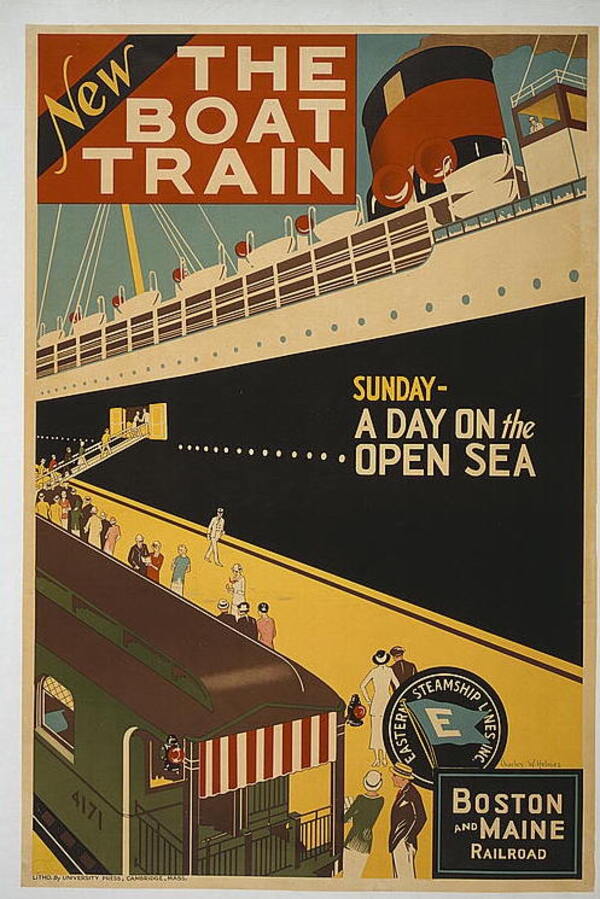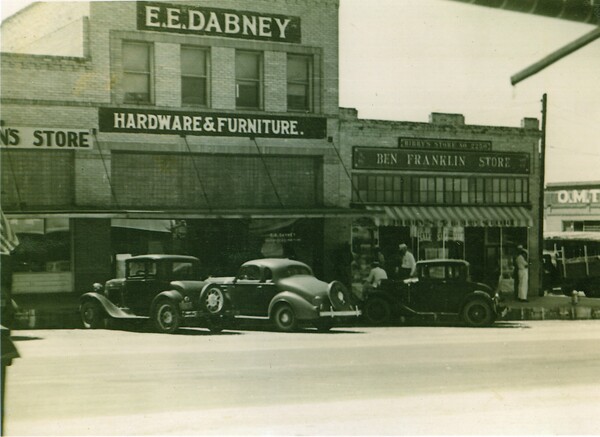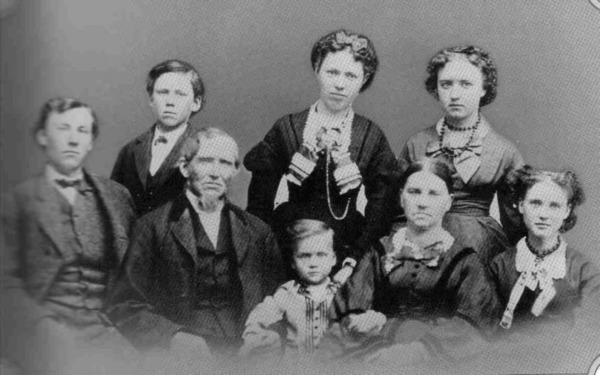In early 1930, cartoon animator Max Fleischer debuted a new character named Betty Boop. Though initially a dog that talked, by 1932, Betty had morphed in to a person and she was the personification of a strong, autonomous woman of the 1920's and she became a cultural icon of the hard times in the 1930's. The busty, doe-eyed animation is one of the nation's most recognized faces, and we got curious about how she came about.
This is definitely a case of truth being stranger than fiction. Here's the full story...
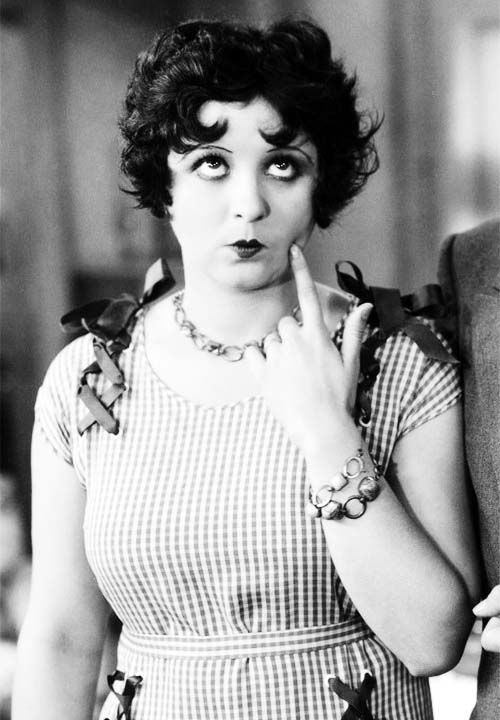
Max Fleischer drew the initial Betty Boop as a caricature of singer and actress Helen Kane, pictured above. Ms. Kane used a seemingly original "Boop-oop-a-doop" in her songs, namely her hit, I Want to Be Loved By You. Hit "next page" to continue...
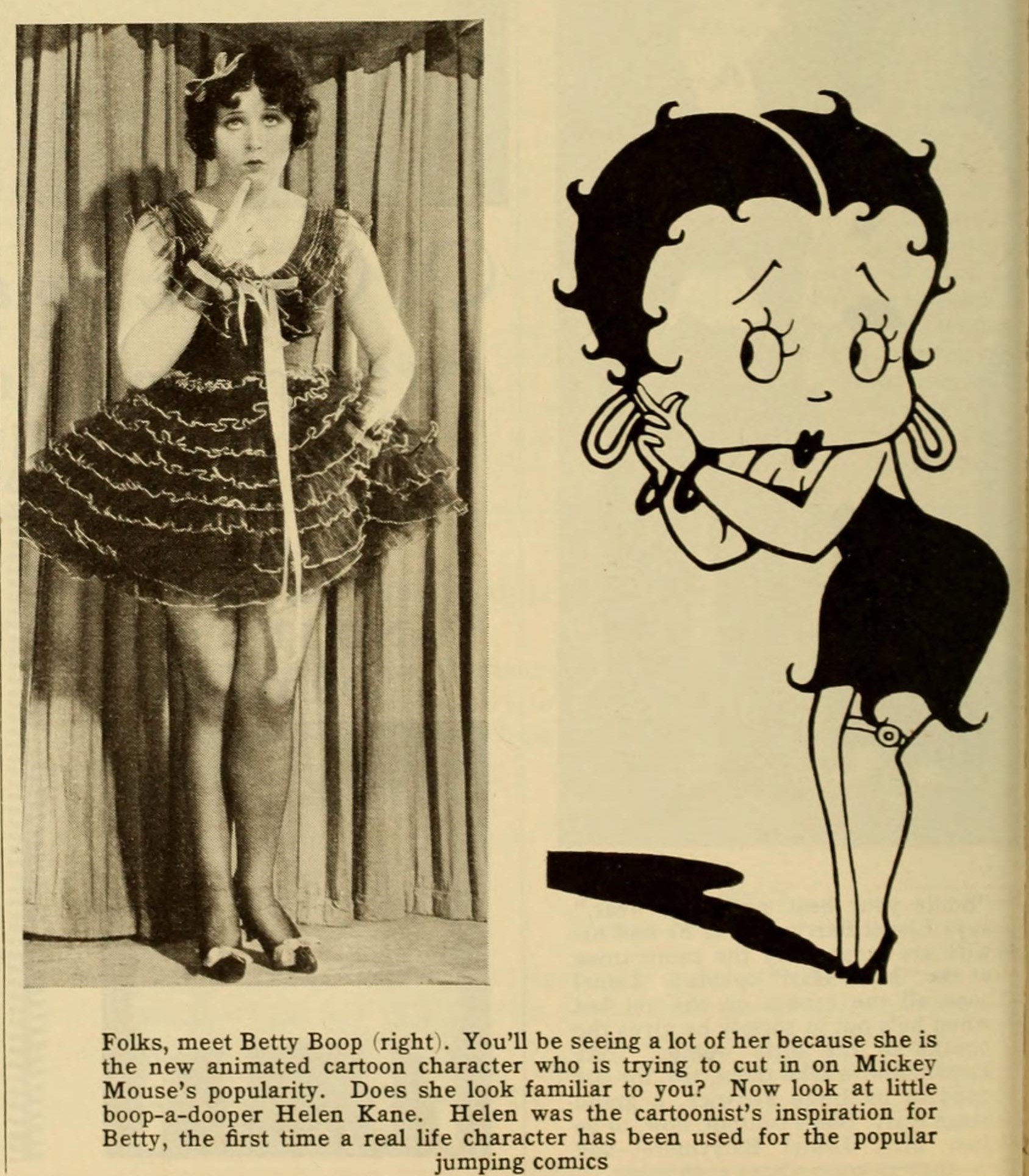
In 1932, the magazine Photoplay published the above side-by-side comparison in its April issue, and this brought the matter to Ms. Kane's attention. Upset that her likeness was used without any compensation, she sued Mr. Fleisher for $250,000 in an infringement lawsuit.
This caused a great deal of controversy in entertainment circles, and when the trial began, things started to get a little more complicated...
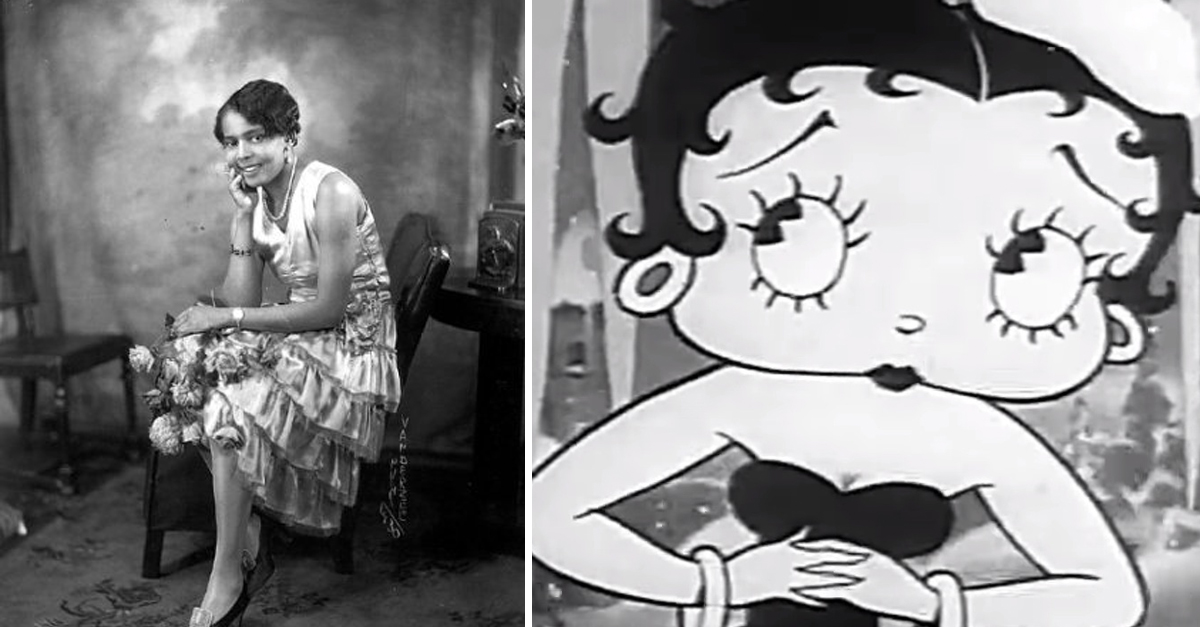
During the late 1920s, an African American singer named Esther "Baby" Jones was a regular performer at the Cotton Club in Harlem. She was known for using a distinctive baby-like talking in her songs and the use of "boo-boo-boo". The trial revealed that Ms. Kane had gone to see Baby Esther's act in April, 1928 and began "booping" just like Esther a few weeks later.
The trial continued for two years until Mr. Fleisher managed to locate a 1928 sound film of Baby Esther's performance. Esther had died in 1934, so the film was all that was left as evidence. With this in hand, the defense argued that Ms. Kane was not infringed upon because she had infringed upon Baby Esther in the first place. They further went on to cite that many other actresses and singers such as Clara Bow (below) could have inspired Betty Boop.
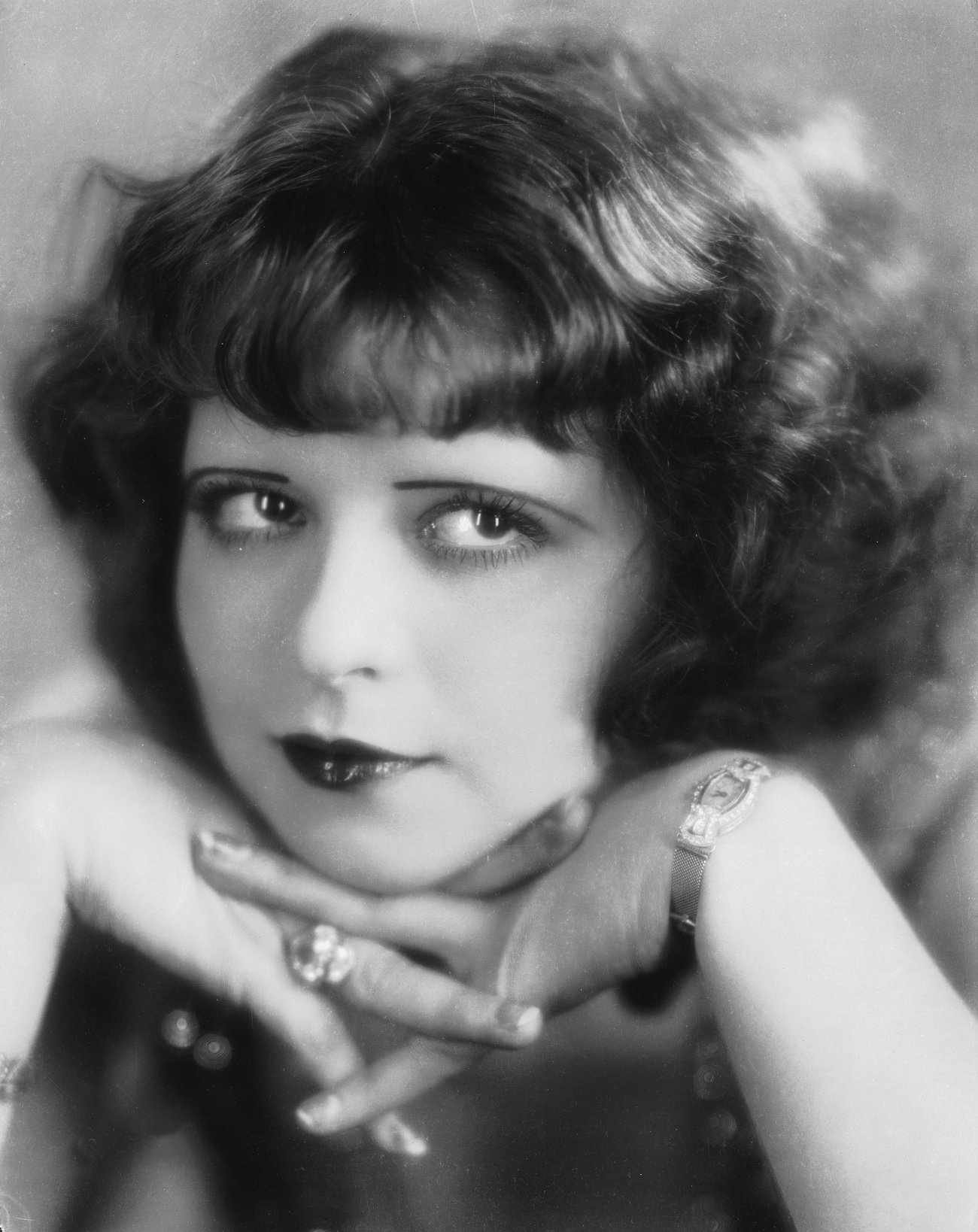
Clara Bow
The trial ended after the film was released and Baby Esther got proper credit for the style behind Betty Boop, while the public agreed that the likeness was largely based on Kane.
If you liked this story, hit the "Share" button below to pass it on...
Next Article
